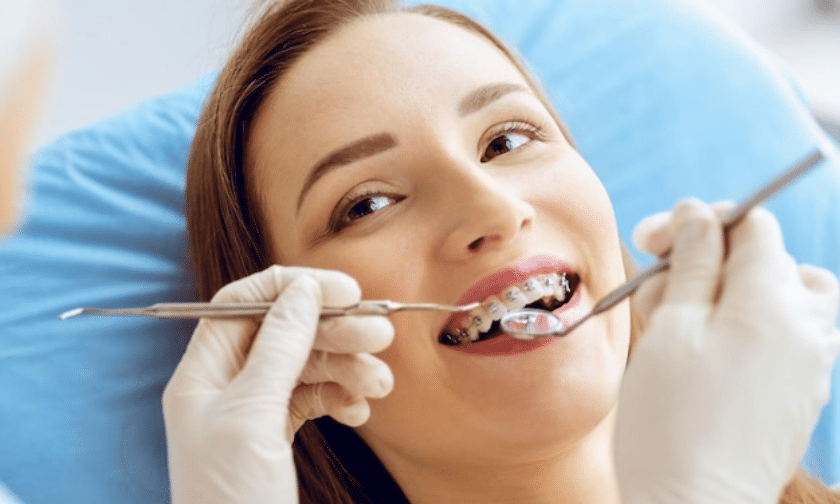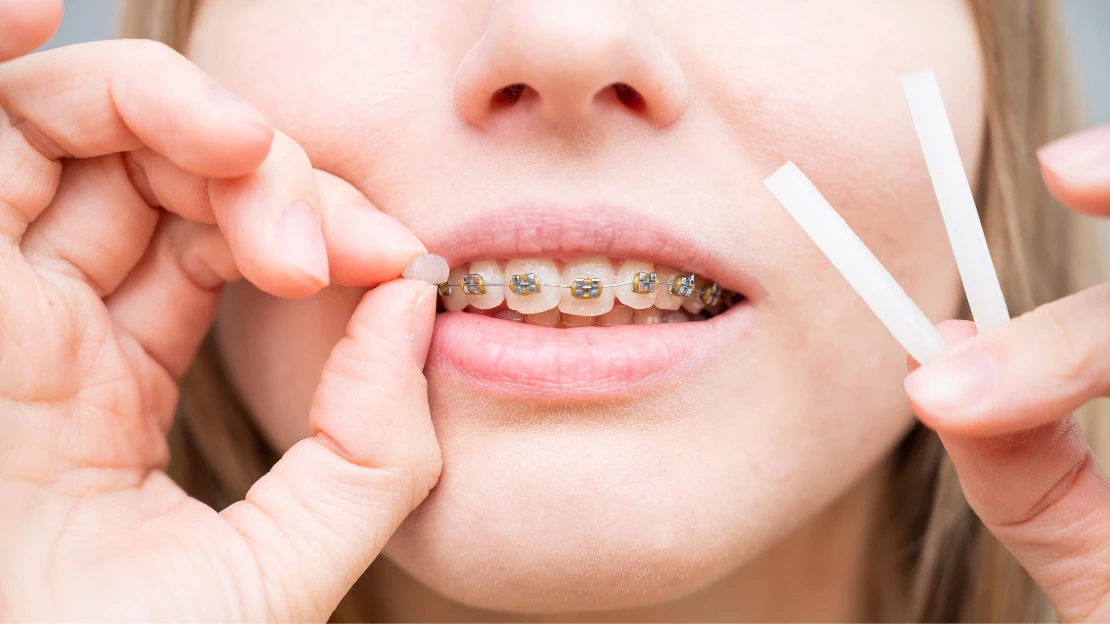Legacy Orthodontics for Dummies
Legacy Orthodontics for Dummies
Blog Article
More About Legacy Orthodontics
Table of ContentsSome Ideas on Legacy Orthodontics You Should KnowFacts About Legacy Orthodontics Revealed10 Easy Facts About Legacy Orthodontics ShownLegacy Orthodontics for BeginnersThe 6-Minute Rule for Legacy Orthodontics
In addition, we offer flexible therapy schedules, flexible repayment options and an enjoyable, delightful experience.An orthodontist is a dentist educated to identify, prevent, and deal with teeth and jaw abnormalities. Orthodontists work with people of all ages, from kids to adults.
Malocclusion, or misaligned teeth, can bring about dental concerns, including tooth decay, periodontal disease, and hard or painful eating. But not every person is born with straight teeth. If you have a bad bite or huge spaces between your teeth, you may intend to seek advice from a dental professional focusing on orthodontic care.
The Only Guide to Legacy Orthodontics
( Picture Credit: DigitalVision/Getty Images) Orthodontists make use of taken care of and detachable dental tools, like dental braces, retainers, and bands, to change the placement of teeth in your mouth. Orthodontic therapy is for oral abnormalities, including: Uneven teethBite issues, like an overbite or an underbiteCrowded teeth or teeth that are also much apartJaw misalignmentThe objective of orthodontic treatment is to improve your bite.
A healthy and balanced bite ensures you can consume, eat, and talk appropriately. While you could think of orthodontists as primarily for youngsters or young adults who need dental braces, they can deal with dental troubles at any age. Orthodontists go to college, dental institution, and orthodontic school. After graduation, they spend 2 or 3 years in an orthodontic residency program.
All orthodontists are dental practitioners, yet not all dentists are orthodontists. Orthodontic residency programs provide intensive, focused direction for dental specialists. They focus on two locations: Just how to correctly and securely move teeth Just how to properly assist advancement in the teeth, jaw, and faceOnce an orthodontist has actually completed training, they have the option to become board accredited.
A Biased View of Legacy Orthodontics
Misalignment, or malocclusion, is the most common factor people see an orthodontist. It is genetic and is the outcome of size differences between the upper and lower jaw or between the jaw and teeth. Malocclusion leads to tooth congestion, an askew jaw, or irregular bite patterns. Malocclusion is normally treated with: Your orthodontist affixes metal, ceramic, or plastic square bonds to your teeth.
Some people require a headgear to aid move teeth into line with stress from outside the mouth. A retainer is a customized device that maintains your teeth in location.
They're most typically utilized on kids. They can develop extra room in the mouth without needing to pull teeth. If you have a major underbite or overbite, you might require orthognathic surgery (likewise called orthodontic surgery) to extend or shorten your jaw. Orthodontists make use of wires, surgical screws, or plates to sustain your jaw bone.
You may need to see an orthodontist if you have: Crowding or not sufficient space for all of your teethOverbite, when your upper teeth come your base teethUnderbite, when your base teeth are too far forwardSpacing or issues with gapsCrossbite, which is when your top teeth fit behind your base teeth when your mouth is closedOpen bite or a vertical gap in between your front base and top teethMisplaced midline, when the center of your bottom and upper teeth do not align Dealing with a dental malocclusion can: Make biting, eating, and speaking easierImprove the symmetry of our face and your general appearanceEase discomfort from temporomandibular joint disordersDifferent your teeth and make them much easier to cleanse, helping stop tooth degeneration or cavities It's often a dental expert that first notices misaligned teeth during a routine examination.
Some Of Legacy Orthodontics

During your first orthodontic appointment, you'll likely have: An oral examPhotos taken of your face and smileDental X-raysPanoramic (360 degree) X-rays of your face and headImpressions to produce molds of your teethThese tests will certainly assist your orthodontist know how to wage your therapy. braces. An orthodontist is a dental practitioner that's had training to treat your teeth and jaw
An orthodontist is concentrated on your bite, so something like a cracked tooth would certainly be handled by a dental practitioner. Orthodontists are focused on your bite, or the means your teeth fit together, and the straightness of your teeth.
Ever questioned how stars always seem to have completely lined up teeth? Orthodontists are dental professionals that focus on remedying irregularities in the teeth and jaws.
All About Legacy Orthodontics

While dental braces are the most commonly identified orthodontic treatment, orthodontists have a diverse toolkit at their disposal. The specific approach picked depends on the extent of the situation, the patient's age, and private preferences. These tried-and-true dental braces make use of a system of braces bonded to the teeth and linked by wires.
Clear aligners, like Invisalign, are a popular alternative for clients looking for a more very discreet treatment alternative. These removable trays are customized to considerably shift the teeth's placement. Headgear may be utilized along with braces or aligners to apply extra targeted pressures, particularly for correcting jaw inconsistencies. In instances of narrow jaws, palatal expanders can be used to create area for correct tooth alignment.
Report this page